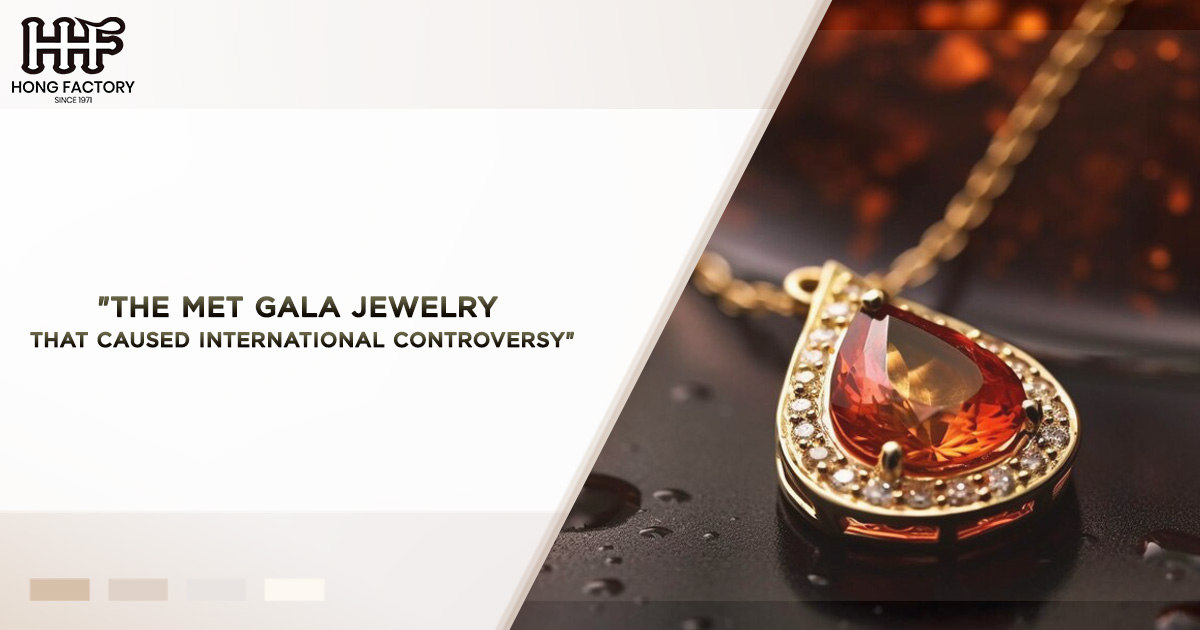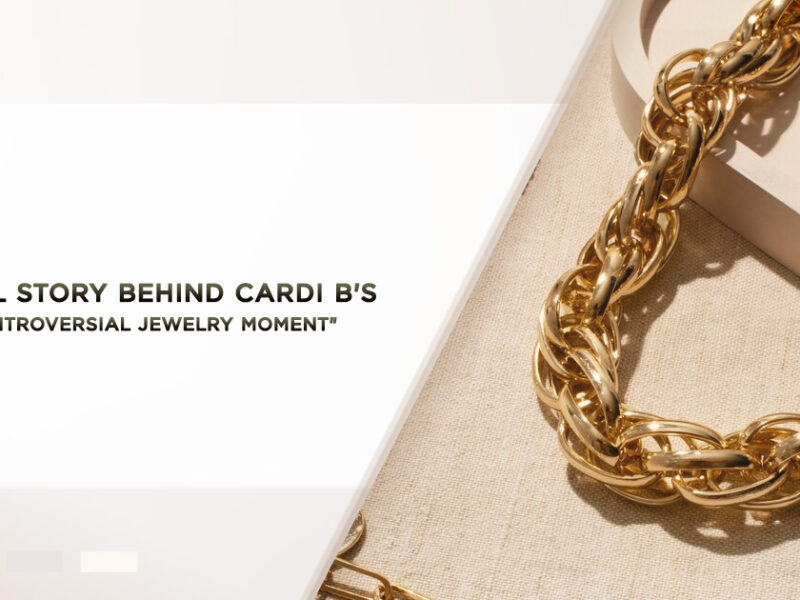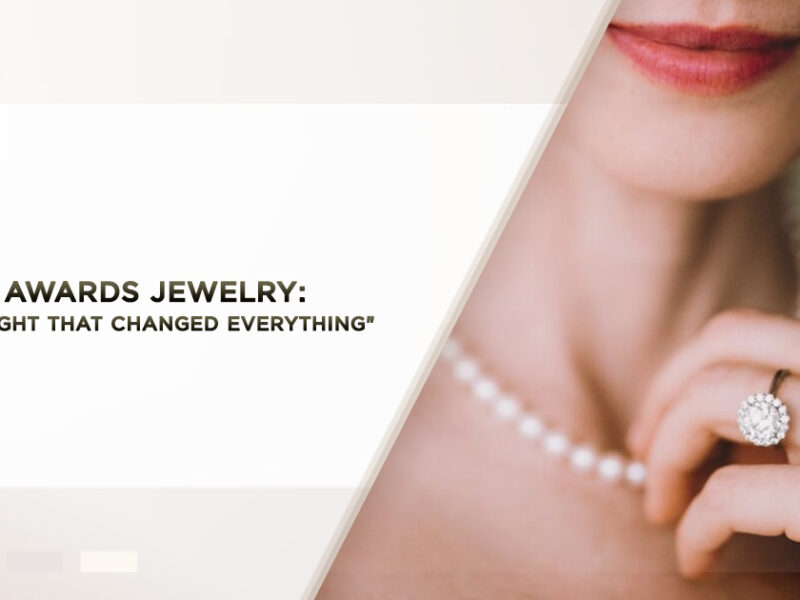The Met Gala, known for its extravagant displays of fashion and celebrity, is not just an event; it’s a cultural phenomenon that shapes trends and discussions worldwide. Each year, attendees push the boundaries of creativity and expression through their attire, but occasionally, their choices provoke controversy that resonates beyond the red carpet. This article delves into the specific pieces of jewelry that sparked international debate at the Met Gala, exploring the nuances of controversial fashion, its cultural impact, and the underlying themes that fuel such discussions.
A Brief Overview of the Met Gala
The Met Gala, formally known as the Costume Institute Gala, is an annual fundraising event for the Metropolitan Museum of Art’s Costume Institute in New York City. Since its inception in 1948, the gala has evolved into one of the most anticipated nights in the fashion calendar, attracting A-list celebrities, prominent designers, and influential figures from various industries. Each year features a unique theme that sets the tone for the evening’s fashion, often reflecting broader cultural topics.
The Controversy Surrounding Jewelry Choices
While the fashion choices at the Met Gala frequently grab headlines, it is often the jewelry that adds a layer of complexity to the discussion. Jewelry serves not only as an accessory but also as a representation of wealth, status, and personal identity. Over the years, several pieces have raised eyebrows and ignited conversations about cultural appropriation, ethical sourcing, and even political statements.
The 2021 Met Gala : A Case Study
One notable instance occurred during the 2021 Met Gala, themed “In America : A Lexicon of Fashion.” The event showcased a variety of extravagant outfits that discussed American culture and identity. However, the choice of certain jewelry pieces sparked significant backlash. For example, one celebrity wore a necklace adorned with significant historical artifacts that many felt should remain within their cultural context rather than being appropriated for entertainment purposes.
Cultural Appropriation and Historical Significance
The jewelry worn by this individual drew criticism for its perceived appropriation of indigenous cultures. Critics argued that using culturally significant items in a fashion context trivializes and commodifies the heritage behind them. This serves as a reminder that fashion is not created in a vacuum—its implications can resonate deeply within communities, especially those whose cultures have historically been marginalized or misrepresented.
The Ethical Sourcing Debate
Another layer of controversy involves the ethical sourcing of jewelry, particularly in an era where climate change and human rights are at the forefront of global discussions. The choice of diamonds or precious stones, particularly those that are not ethically mined or that support exploitative labor practices, has prompted calls for greater transparency in the fashion industry. When celebrities adorn themselves with lavish jewelry, the question arises : at what cost do we celebrate beauty and extravagance?
Celebrity attendees wearing pieces from designers associated with unethical practices faced backlash, highlighting the importance of responsible fashion choices. The jewelry itself became a symbol—not just of luxury, but of the need for a deeper understanding of where and how fashion choices impact the world.
Fashion as a Cultural Reflection
The jewelry worn at the Met Gala often reflects broader societal trends and issues. For instance, the rise of sustainable fashion has gained momentum in recent years, leading to a shift in how jewelry is perceived. Designers are increasingly recognizing that consumers care about the story behind their pieces, opting for reclaimed materials and ethical sources.
A Shift Towards Inclusivity
As discussions about diversity and representation grow louder, the Met Gala has slowly started to embrace a broader range of voices. Jewelry selections have begun to include pieces from emerging designers and artisans who focus on cultural authenticity. This shift not only enriches the conversation around controversial fashion but also enables a more inclusive narrative that respects the heritage of various cultures.
The Role of Social Media in Amplifying Controversies
In the digital age, controversies around fashion choices can quickly escalate through social media platforms. When a piece of jewelry sparks debate, it’s not just confined to the elite attendees; it resonates with millions around the globe. Hashtags trend, opinions flow freely, and discussions about cultural impact and ethical responsibilities emerge almost instantaneously.
Amplifying Voices and Creating Change
Social media has become a powerful tool for marginalized communities to voice their concerns about appropriation and exploitation in fashion. At the Met Gala, a piece of jewelry might become the focal point of a larger conversation about representation and ethics. Celebrities and influencers, with their vast followings, have the potential to affect change by drawing attention to these critical issues. By engaging with audiences on these platforms, they can promote awareness around controversial fashion and encourage more responsible choices.
Conclusion : Fashion as a Catalyst for Dialogue
The Met Gala serves as a stage for opulent displays of fashion, but it is the controversies surrounding certain jewelry choices that often prompt deeper conversations about cultural significance, ethical considerations, and social responsibility. The discussions that arise from these choices may be uncomfortable, yet they are essential for the evolution of the fashion industry.
As we reflect on the jewelry that has caused international controversy, we must recognize its potential as a catalyst for dialogue. By understanding the historical and cultural contexts of our adornments, we can move towards a more inclusive and ethically aware fashion landscape. The Met Gala may be a night of glamour, but it also provides an opportunity for reflection—a chance to reconsider what we celebrate and the values we uphold in the world of fashion.
In a world increasingly aware of the implications of our choices, the conversation surrounding controversial fashion, including the jewelry worn at iconic events like the Met Gala, is more relevant than ever. By continuing to engage in these discussions, we can foster a more conscientious approach to fashion that respects cultural heritage and promotes a more equitable future.


